9 Most Unsettling Beauty Practices from the Past
From blackened teeth to arsenic consumption, explore the strange and fascinating world of beauty rituals.
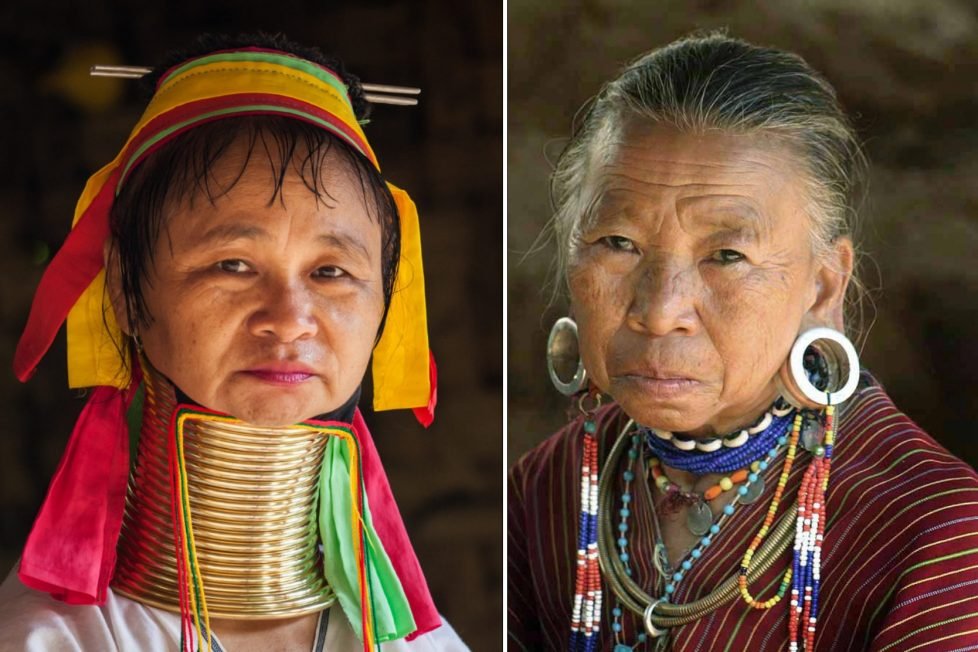
From blackened teeth to arsenic consumption, explore the strange and fascinating world of beauty rituals.

Table of Contents
ToggleIn the pursuit of beauty, humanity has embraced practices that are peculiar to say the least. From toxic makeup, to dangerous fashion choices, people across the globe have experimented with diverse methods of changing their appearances. Like something out of a horror movie or fantasy novel, peeling back the layers of history will reveal the lengths people have gone to achieve their vision of ideal good looks.
The Victorian era was marked by refined fashion and strict social norms, the main one being a pale complexion. Of course, not everyone was the fairest of them all, so people turned to alternative methods of turning into Snow White, minus the seven dwarves.
Venetian ceruse, more loosely known as lead-based makeup, was the coveted cosmetic of the masses. Both men and women would apply it to achieve society’s view of perfection, not knowing the implications of what they were doing. Although they reached their ghostly goals, lead poisoning resulted in hair loss, neurological disorders, and sometimes even death.
To compound the dangers, some women let competition get the best of them. They learned that consuming small amounts of arsenic would enhance their white features, bringing a new level of peril to their vanity. Not only were their lives that much more in danger, the health complications were numerous.
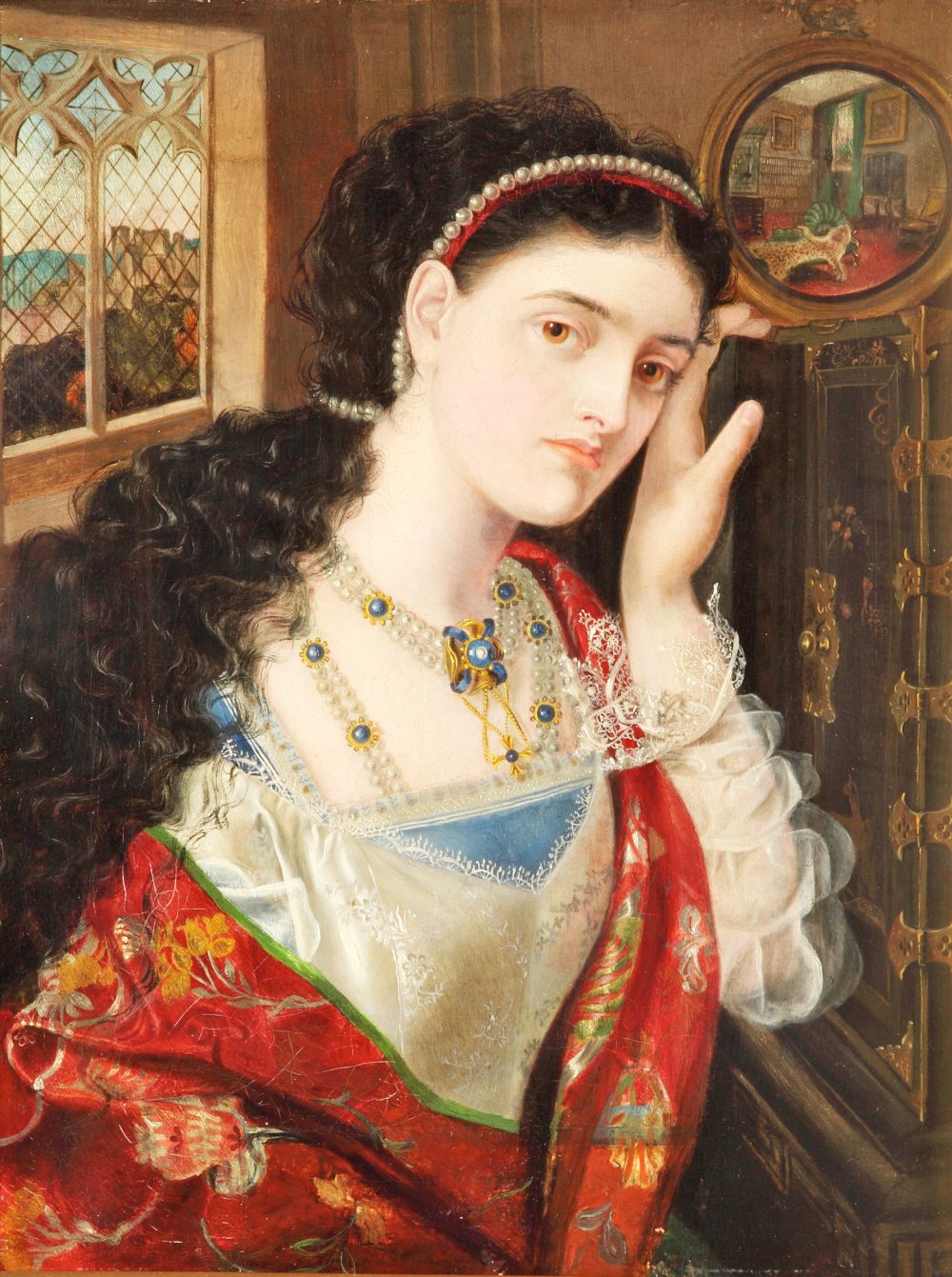
In the depths of China’s ancient history, a practice emerged that would shape the destiny of countless women for years to come. For thousands of years, foot binding intertwined beauty, and the marginalization of women in society.
The process was agonizing; girls’ feet were tightly wrapped in cloth to the point of broken bones. As the bindings were regularly tightened, the feet were morphed into unnatural positions permanently. The resulting “lotus feet” was the haunting result of the prolonged, excruciating pain endured by generations of Chinese women.
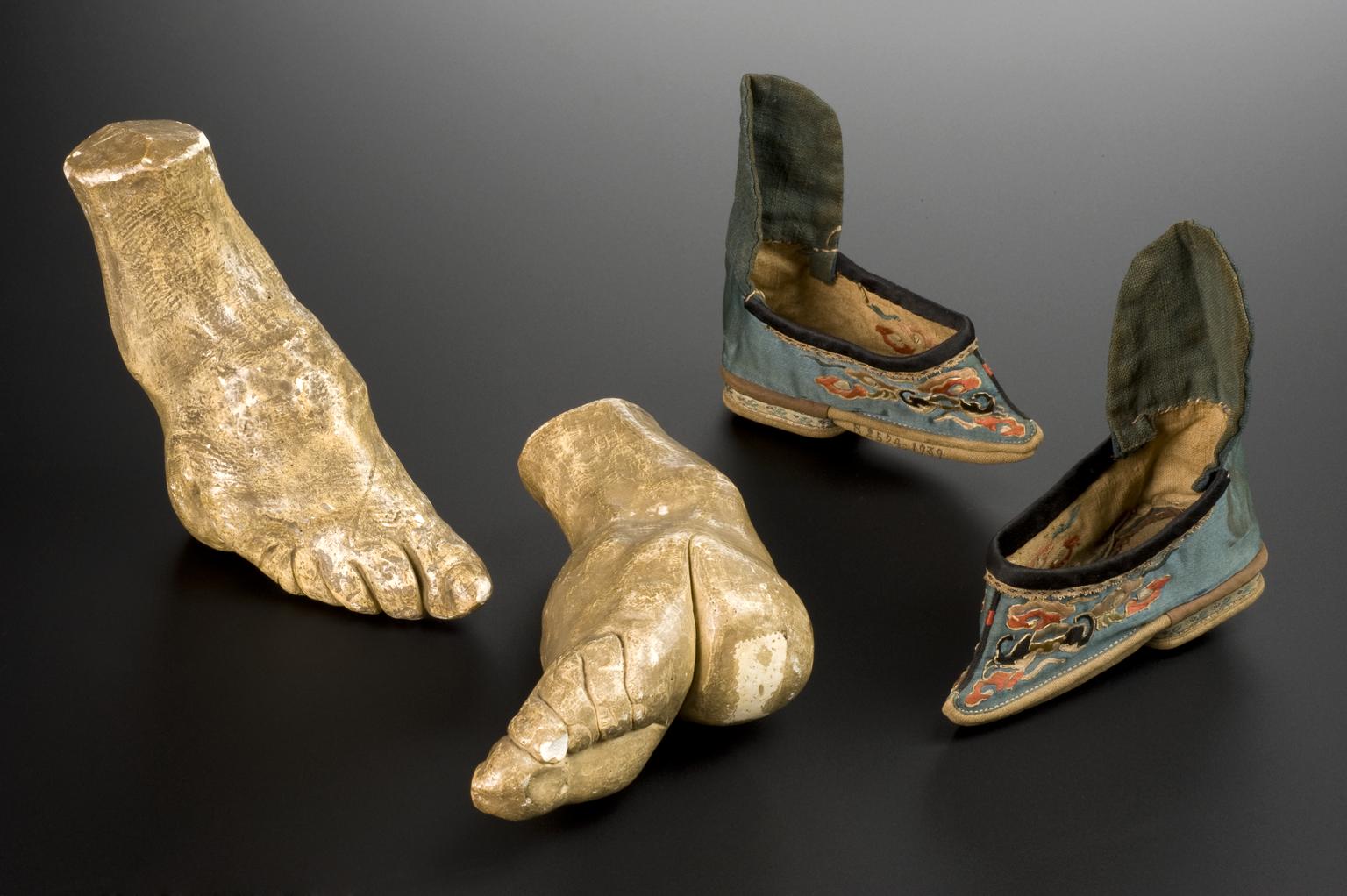
In the breathtaking landscapes of Myanmar and Thailand, a mesmerizing tradition unfolds, captivating onlookers with its graceful yet perplexing nature. For Kayan women, the adornment of brass rings around their necks is a tradition that has spanned for generations, creating an ethereal illusion of elongation.
Starting at around five years old, girls begin putting brass rings around their necks, with more being added as they age. Instead of elongating the neck, the rings press down on the collarbone and rib cage, the illusion resulting from the shifting of neighboring body parts. This physical transformation, coupled with the rhythmic motion of the rings is a symbol of beauty and femininity in Kayan culture.
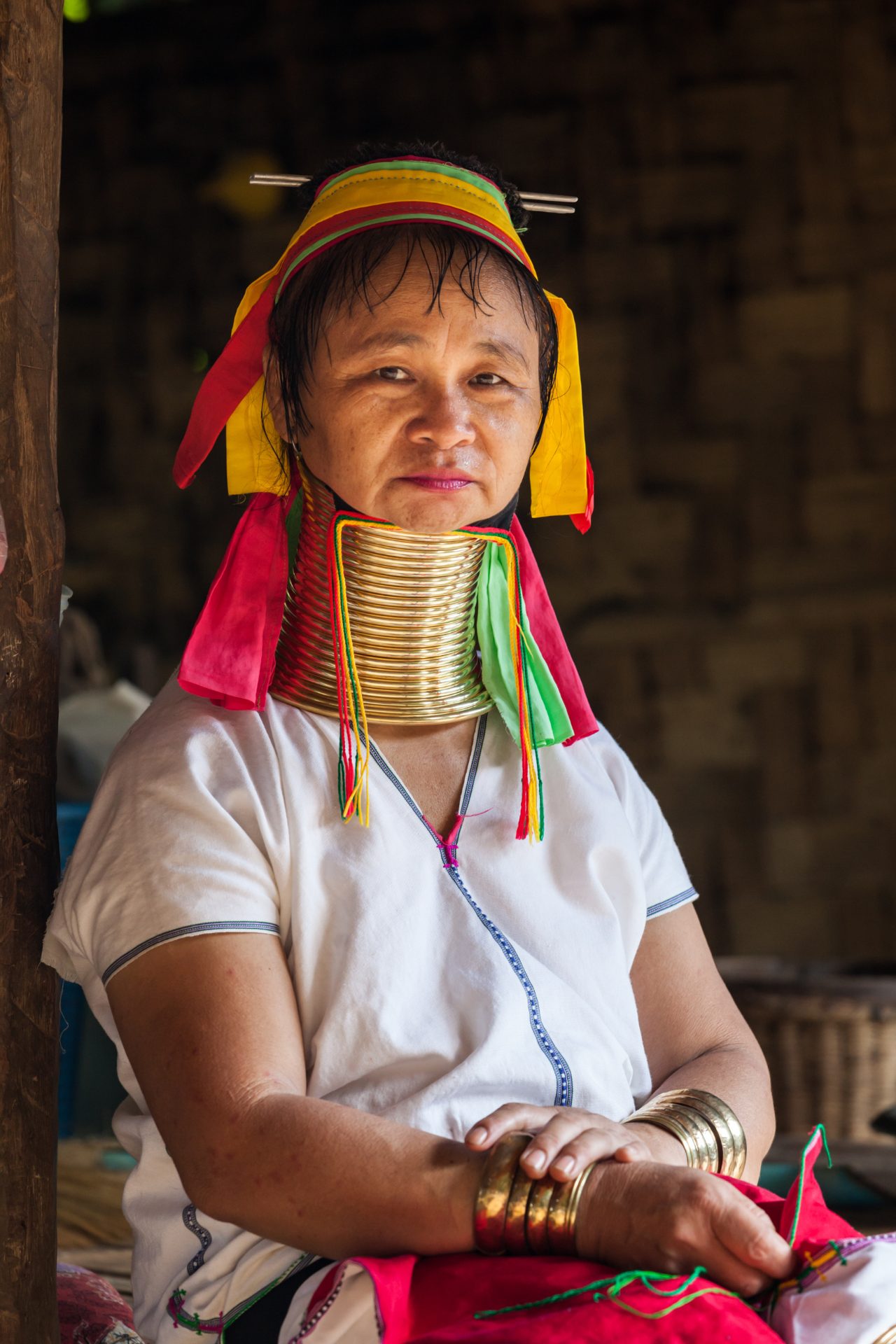
The pursuit of a perfect smile was not without its eccentricities in Ancient Rome. Amidst the opulent palaces and busy streets, an unconventional method of oral care took place involving an unexpected ingredient: urine.
This peculiar dental care practice included rinsing the mouth with urine, showing the truly different cultural view of what constituted effective hygiene and beauty. Wealthier citizens even went as far as importing it from Portugal, believing it to be of the best quality in whitening their teeth.
While the use of urine in oral care has thankfully been consigned to history, its exploration offers a unique perspective on the intricacies of ancient civilizations. So, next time you watch “The Gladiator,” try not to pay attention to their teeth.

Cranial deformation, a fascinating ritual among ancient cultures, involved binding the heads of infants into distinct cranial shapes. This was often through the use of tight bandages or specially crafted headgear. Over time, the malleable bones conformed to elongated or sloped shapes that reflected beauty standards of the culture.
For example, within the Mayan civilization, cranial deformation was a means of signifying social status. Those with elongated skulls were associated with high nobility, sitting at the top of the social hierarchy. For other cultures, it simply made people the subject of admiration and distinction.
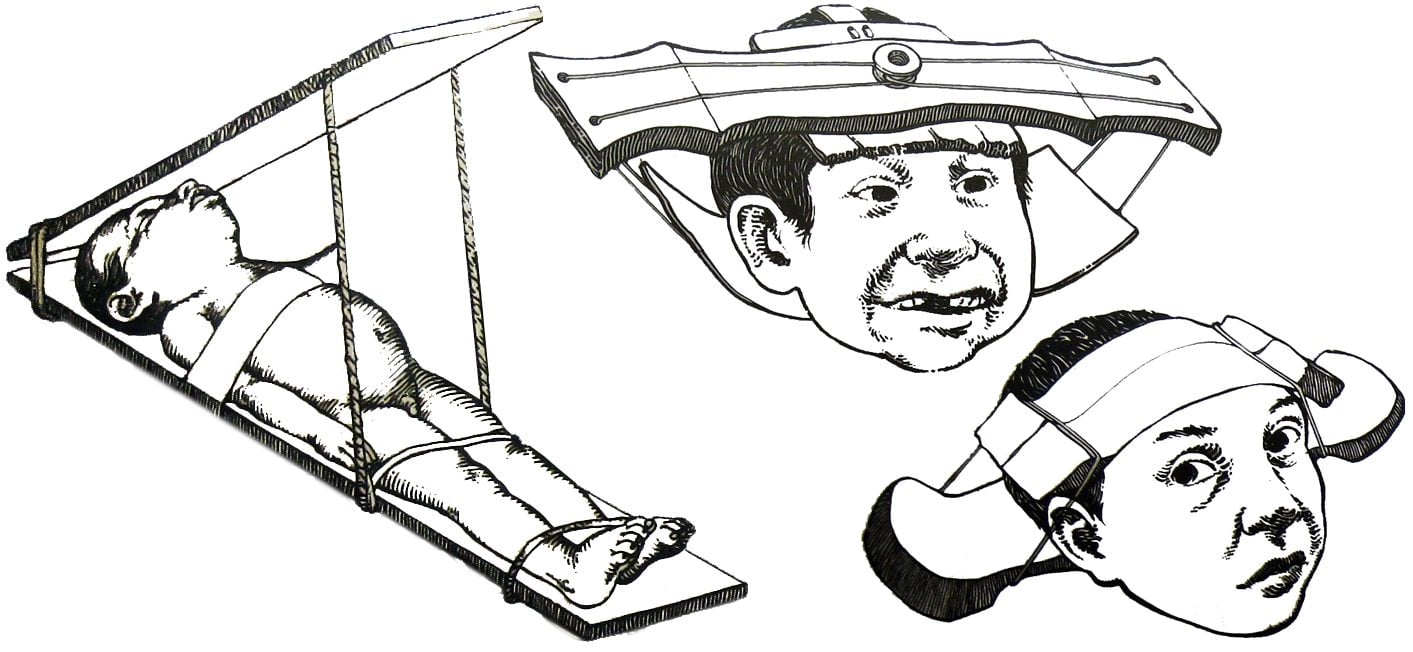
In the realms of Ancient Japan, aesthetics played a profound role in shaping societal norms. For Japanese women, Ohaguro, or teeth blackening, was considered not only a mark of attractiveness but social identity. Blackened teeth were associated with maturity, elegance and marital bliss.
The practice of teeth blackening for Japanese women evoked a sense of refinement and tradition that transcended physical beauty. The striking contrast between the black teeth with their pale skin was further accentuated by traditional Japanese fashion, giving them popularity and respect. Japanese girls dreamed of the day where they would be able to blacken their teeth, basically the opposite of the Romans.
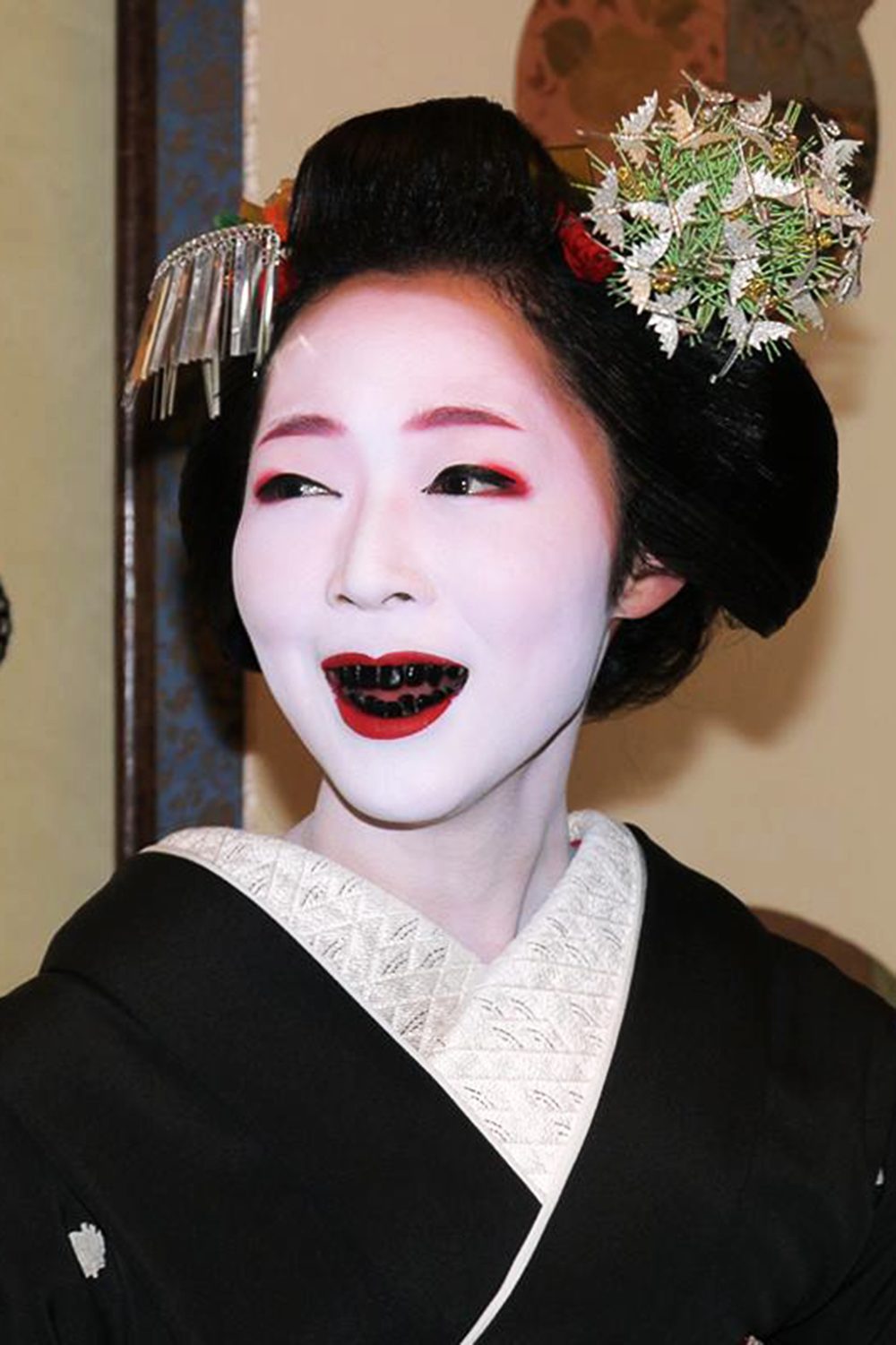
In medieval beauty customs, a broad forehead was considered a significant symbol of beauty. Think of “Megamind,” minus the blue skin. Women sought to emulate this desirable trait through hairline plucking.
Women meticulously plucked their hairlines and eyebrows to make their foreheads appear as large as possible, a feature believed to enhance facial proportions. However, it was not without its challenges. It required patience, skill and often the help of trusted companions, using tweezers or silk threads to achieve the desired result. From manuscripts to paintings, the image of women with meticulously shaped hairlines showed their sense of timeless elegance.
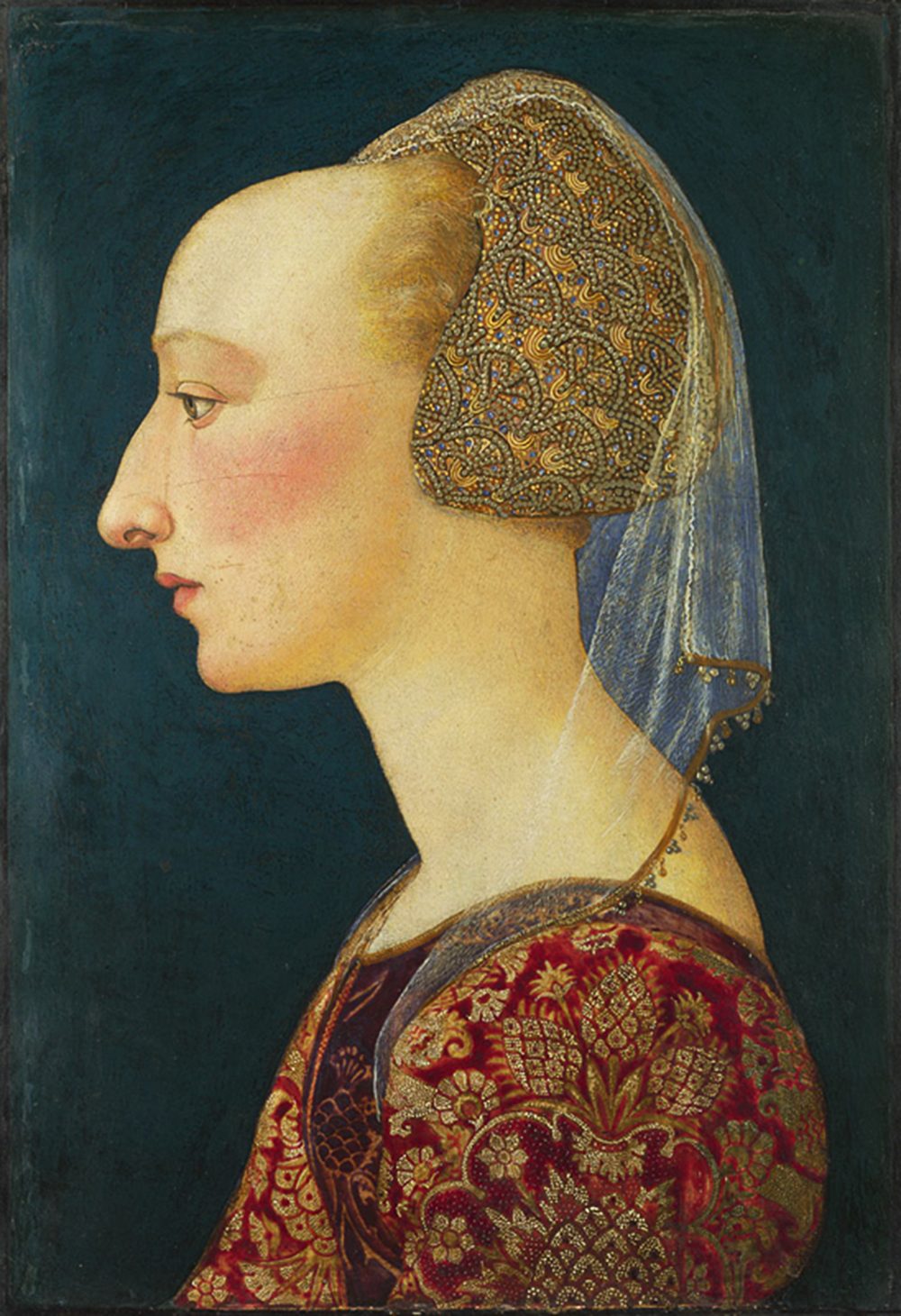
Across the vast landscapes of Africa, scarification serves as a powerful means of personal and cultural expression. Through carefully crafted patterns of scars etched into the skin, individuals communicate their cultural belonging and personal journeys. This practice varies by culture, but the main sentiment remains the same.
For example, young Karo people of Ethiopia use scarification rituals to symbolize their transition into adulthood. For the Akan culture of Ghana, individuals adorn themselves with unique designs that reflect their achievements and lineage, showing the connection to their ancestral roots.
Scarification is a deeply embedded practice that fosters community and personal transformation. Through the deliberate process, African people undergo physical and emotional changes as they evolve into fully-fledged members of their communities.

Earlobe stretching, also referred to as ear gauging represents a fascinating intersection of tradition, maturity and status. The practice involves stretching the earlobe gradually over time to accommodate larger jewelry. It is integrated among many cultures, like Kenya, Asia, and the Pacific Islands.
Stretched earlobes are symbolic of wisdom that comes with age. The process begins during adolescence and extends into adulthood, the size of the earlobe enlarging along with the maturity of the individual. As cultures vary, so does the jewelry with which the ears are adorned, usually reflecting cultural symbols or regional aesthetics through discs or plugs.
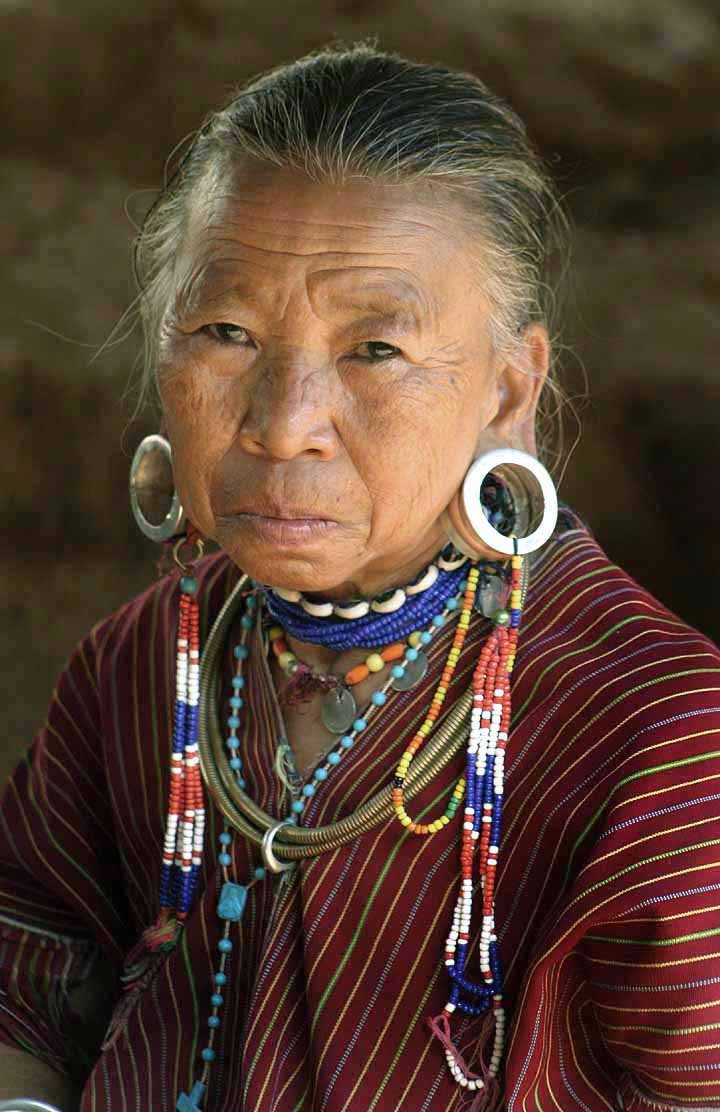
In a world where beauty is in the eye of the beholder, truly quirky and unconventional practices emerge. From lead makeup to earlobe stretching, these beauty rituals remind us that “beauty is pain” has never been a more true statement. Where cultural exchange and appreciation are vital, understanding these practices encourages us to embrace the diversity of human expression and the importance it holds.
